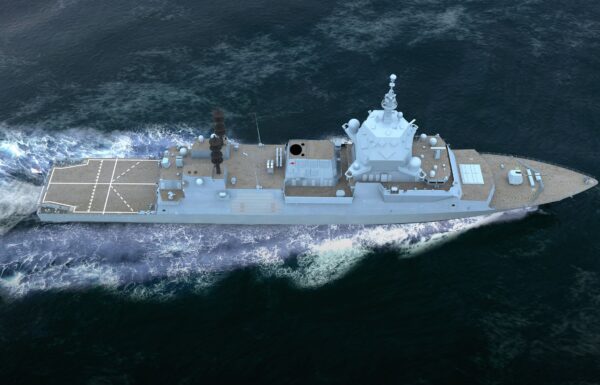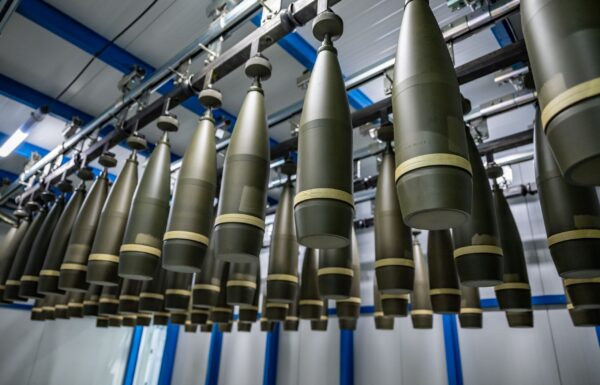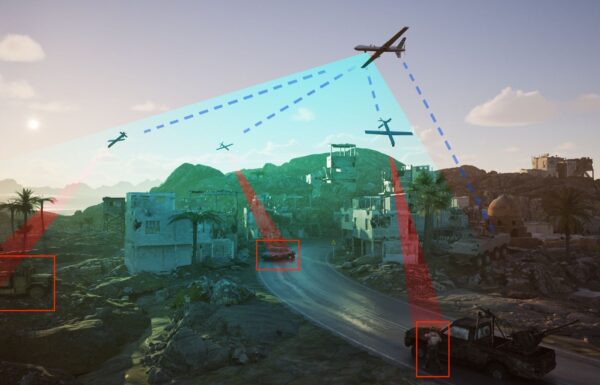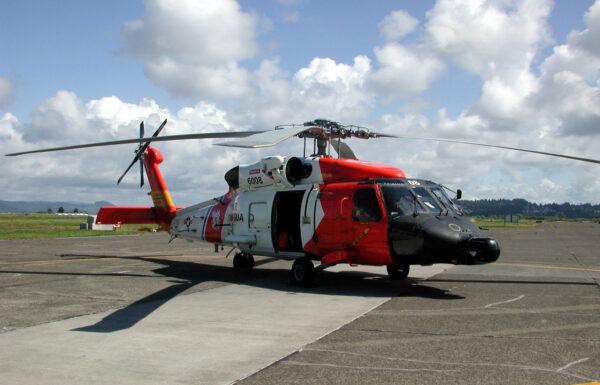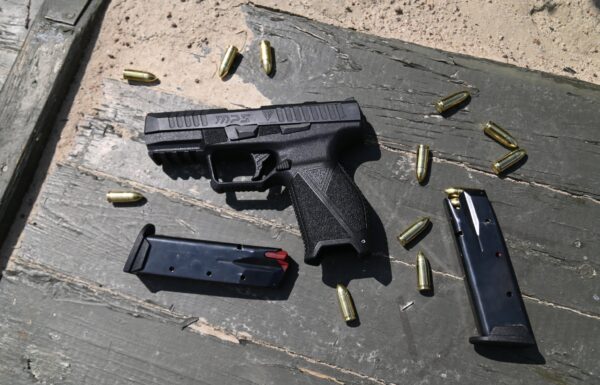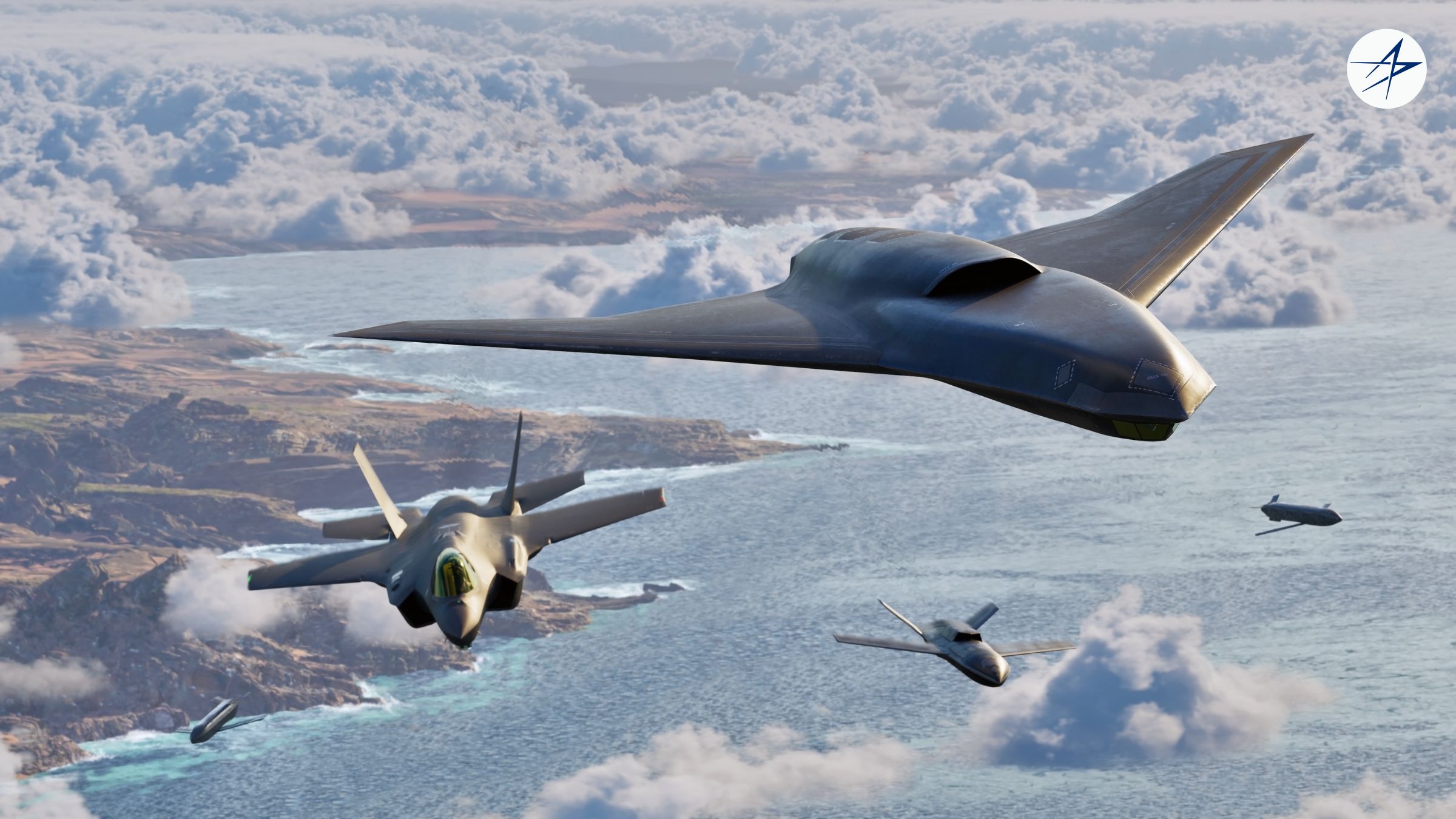On Sunday, September 21, 2025, the American company Lockheed Martin unveiled the concept of a combat unmanned aerial vehicle, known as a loyal wingman, called Vectis, developed by its Skunk Works design bureau and research and development department. It is a Group 5 UAS and a CCA (Collaborative Combat Aircraft) class drone.
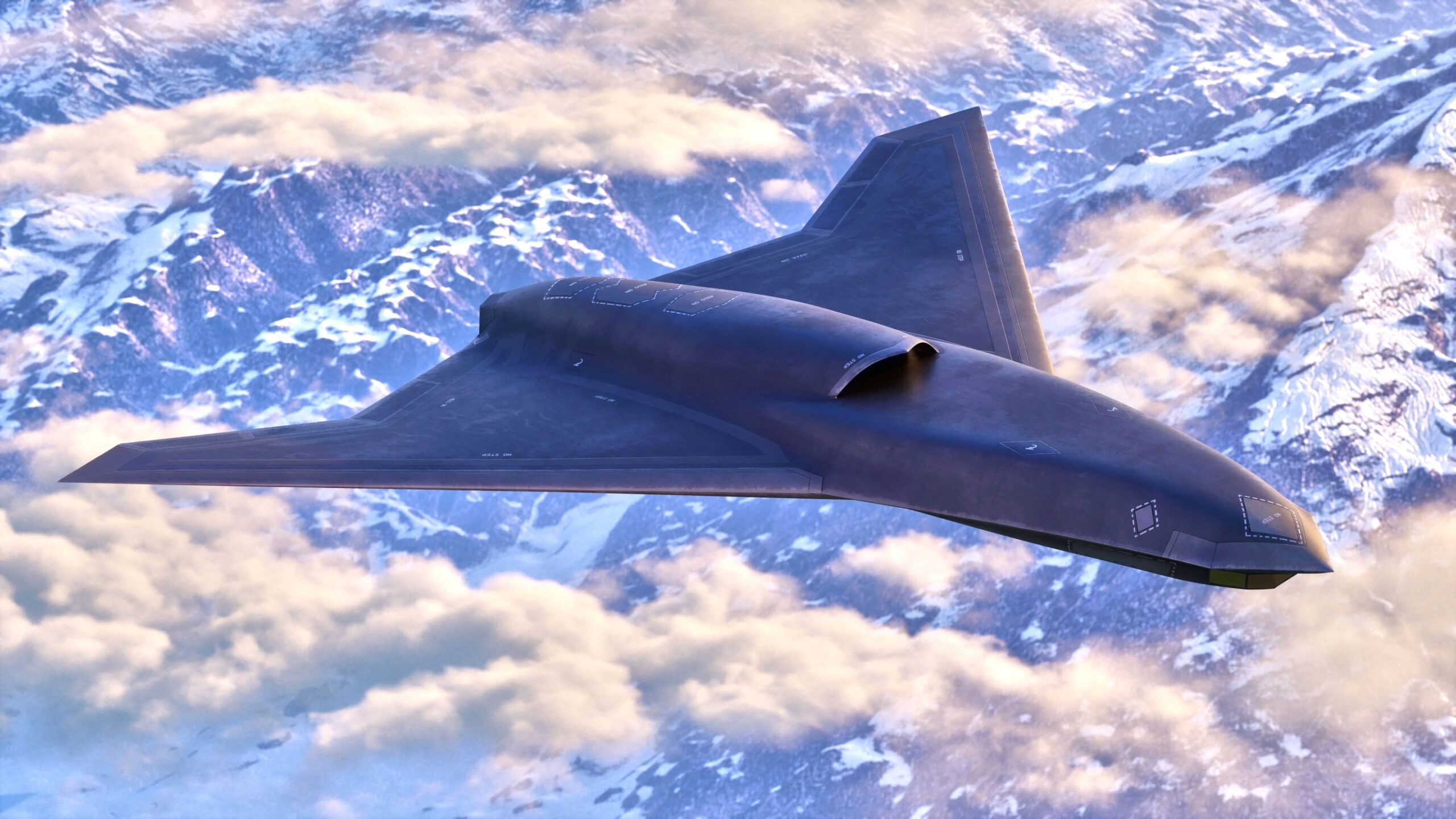 Vectis means “lever” or “bar” in Latin / Images: Lockheed Martin
Vectis means “lever” or “bar” in Latin / Images: Lockheed Martin
“Vectis is the culmination of our expertise in complex systems integration, advanced fighter development and autonomy,” said OJ Sanchez, vice president and general manager, Lockheed Martin Skunk Works. “We’re not simply building a new platform – we’re creating a new paradigm for air power based on a highly capable, customizable and affordable agile drone framework.”
Although it has not been revealed when work on Vectis began, it is worth noting that Lockheed Martin’s offer was rejected during the Increment 1 phase of the CCA Loyal Wingman program for the United States Air Force (USAF), in which competing prototypes from Anduril Industries (YFQ-44A) and General Atomics Aeronautical Systems Inc. (YFQ-42A) are currently being tested. However, this does not close the door to participation in the planned Increment 2 phase of this program.
Recently, it was also announced that Lockheed Martin is involved in developing a joint control system for the U.S. Navy’s independent CCA initiative. It is worth mentioning the autonomous MDCX (Multi-Domain Combat System) control system, along with the UMCS (Unmanned Carrier Aviation Mission Control Station), developed by Skunk Works. According to information from November 7, 2024, these systems were tested by the U.S. Navy and GA-ASI on the MQ-20 Avenger drone, especially since MDCX with UMCS is intended to form the core of the Vectis control system.
As emphasized, Vectis will be capable of interacting with 5th and 6th-generation multi-role aircraft in the role of a Loyal Wingman, likely including the current F-22A Raptor and F-35 Lightning II, or the future F-47 NGAD. It is intended to specialize in conducting air-to-air and air-to-ground combat missions, electronic warfare (EW), as well as intelligence, surveillance, and reconnaissance (ISR).
Although the tactical and technical parameters of the platform have not been disclosed, it has been emphasized that it will be an aircraft of the Group 5 UAS category. In the U.S. Department of Defense classification, this refers to the largest unmanned aerial vehicles with a takeoff weight of over 600 kg (1320 pounds) and an altitude above 5,486 meters (18,000 feet), with examples including the MQ-9 Reaper strike drone and the RQ-4 Global Hawk reconnaissance drone. It is known only that it is smaller than the F-16, but larger than the family of low-cost subsonic cruise missiles (CMMT).
Survivable. Lethal. Autonomous.
Lockheed Martin Vectis™ is here. 🦨This cutting-edge uncrewed aircraft integrates with 5th and next-gen platforms and provides unparalleled mission survivability. pic.twitter.com/Y7IgoUqstF
— Lockheed Martin (@LockheedMartin) September 21, 2025
It was also reported that development work on Vectis is ongoing: parts and components are being ordered, and the Skunk Works team is preparing for the actual work, investing the funds and workforce necessary to build and test the onboard systems and platform architecture. The goal is to fly the prototype in 2027.
According to the published visualization, Vectis features a lambda-type wing (somewhat similar to the concept of Lockheed Martin’s new-generation air tanker, codenamed NGAS – editor’s note), it has a tail-less configuration with an air intake with an “S”-shaped edge at the top of the fuselage for a single jet engine. The aircraft’s nose is capped with a pointed tip, beneath which the sensors are placed. This configuration results in a platform with a significantly reduced radar cross-section (RCS) and infrared signature.
See also:


